As part of my business assisting wineries with their compliance records and reports I’m often thinking 5 steps ahead of them. On that note this week’s blog post is for all US wine businesses that are the alternating proprietor type. (Or AP as we say in the biz) Specifically I’d like to share my head’s up tips for you specific to the time of year we are now in, the grape harvest and what that means for your records and reports. These are tips worth being aware of as they can 1. Save you a significant amount of money on your excise taxes 2. Ensure that your wine labels list what you want and are compliant 3. Keep your business in the good graces of the TTB.
Tip #1: Plan ahead to ensure that your TTB excise taxes will qualify for the small producer’s tax credit. What this means for you at harvest time is specific to showing some amount of gallons on line 2 of your TTB 5120.17 report. This line is titled, “produced by fermentation” and if your wine business wants to take advantage of the significant tax reduction on your excise taxes you must show gallons on that line of this required TTB report. To show you the dollars we’re talking here if you sold 500 cases of wine your TTB excise tax bill would be dropped from $1,866 to $796!
Tip #2: Make sure the records that document the grapes or juice that will become your bottled wines list the specific details you’ll want to list on their labels. What sorts of specific details am I referring to? Vineyard name & american viticultural area (AVA) are the two most common ones. So in other words if the label for one of your wines will list “Oak Knoll District, Napa Valley” as well as “Acme Vineyard” (as the vineyard the grapes came from NOT the brand name!) then the records that document either the grapes themselves (weigh tag) or for juice the bill of lading will need to list those specific details in order for your wine to qualify to list them on its label.
Tip #3: As for keeping in the good graces of the TTB, my tip for you here is being aware that as an Alternating Proprietor type of wine business this means you hold a TTB basic permit which identifies you as a winery. All US wineries in the eyes of the TTB must act like one, which to the TTB means your winery must actually ferment some gallons from time to time. (gee- imagine that!) How do they know if you’ve done this? Back up to my tip # 1 here, showing gallons on line 2, produced by fermentation on your TTB 5120.17 report is what tells them you’re acting like a winery. How often do you want to be doing this? I realize that many wine businesses that are alternating proprietor types are not always actively including fermenting grapes or juice every year as part of their business plan, due to any number of factors. With that being said if your business is an AP type my suggestion to you is to show at least some gallons of “produced by fermentation” on your TTB 5120.17 report every year. Doing so will also ensure (in part- there are other requirements too!) that your business continues to qualify for the small producers credit on your excise taxes.
Follow up clarification questions about any of this? Schedule one of my “Compliance Check In” calls
Recent Posts
If you aren’t in the winery compliance world, don’t write about it!
Nails on a chalkboard. Folks, there is already a lot of incomplete or flat-out wrong information shared about winery compliance. Let’s not add to it! Stay in your lane. If you’re not actually in the winery compliance world, please spare all of us who are, and do not...
Eight takeaways from the CalRecycle training webinar on CA CRV requirements.
I joined in with the group of around 500 other folks who showed up live to CalRecycle's informational webinar on what the CA CRV reporting will mean for wineries. A fun way to kill a couple of afternoon hours on a Friday afternoon! But seriously it was very...
